 >>
Shuttle Endeavour lands in Florida
>>
Shuttle Endeavour lands in Florida
2/21/10
The shuttle Endeavour dropped through a partly cloudy sky and glided to a ghostly night landing at the Kennedy Space Center Sunday, leaving the International Space Station behind with a new life support module and observation deck.
Approaching the spaceport in a steep dive, commander George Zamka guided the shuttle through a sweeping left overhead turn, lined up on runway 15 and swooped to a picture-perfect touchdown at 10:20:31 p.m. EST. Pilot Terry Virts then released a red-and-white braking parachute and a few moments later, the spaceplane rolled to a stop. "Houston, Endeavour, wheels stopped," Zamka radioed in a tradition call to mission control.
"Roger wheels stopped, Endeavour. Welcome home," replied astronaut Rick Sturckow from Houston. "Congratulations to you and the crew on an outstanding mission, installing the Tranquility node and opening up the cupola's windows to the world." "Well Houston, it's great to be home," Zamka said. "It was a great adventure."
Space station flight engineer Soichi Noguchi watched Endeavour's fiery re-entry from a window in the new cupola observation deck, tweeting via the internet "I watched the shuttle atmospheric reentry from Cupola window. The view was definitely out-of-the-world."
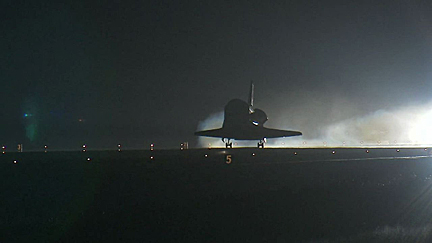 The shuttle Endeavour touches down at the Kennedy Space Center. (Photo: NASA TV)
The shuttle Endeavour touches down at the Kennedy Space Center. (Photo: NASA TV)
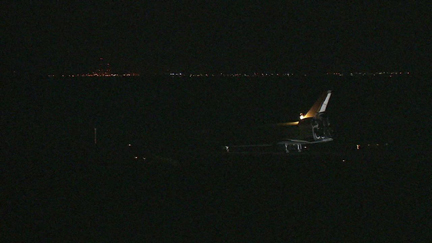 Exhaust from the shuttle's hydraulic power units shoots into the night sky as Endeavour rolls down the runway. (Photo: NASA TV)
Exhaust from the shuttle's hydraulic power units shoots into the night sky as Endeavour rolls down the runway. (Photo: NASA TV)
Mission duration was 13 days 18 hours six minutes and 24 seconds, covering 217 complete orbits and 5.6 million miles since blastoff Oct. 8 from nearby pad 39A. Zamka, Virts, Kathryn Hire, flight engineer Stephen Robinson and spacewalkers Robert Behnken and Nicholas Patrick doffed their pressure suits for a traditional runway inspection before heading to crew quarters for reunions with friends and family.
"STS-130 is mission complete, we're safe on deck here at Kennedy Space Center and that's due to the work of a lot of people," Zamka said. "We had a great team, we had tremendous hardware to bring up - node 3 was pristine, cupola was beautiful ... and Endeavour, my goodness, what a machine! She was perfect throughout the flight and we brought her back safe and sound due to a great mission control team. So thanks to all who were involved."
 The shuttle Endeavourr, banking during re-entry, as photographed by flight engineer Soichi Noguchi from the cupola. (Photo: NASA TV)
The shuttle Endeavourr, banking during re-entry, as photographed by flight engineer Soichi Noguchi from the cupola. (Photo: NASA TV)
Landing was in doubt earlier in the day as entry Flight Director Norm Knight assessed cloudy weather at the Kennedy Space Center. But conditions improved as the night wore on and based on observations by astronaut Christopher Ferguson, flying a shuttle training jet near the runway, Knight cleared Zamka and Virts to fire Endeavour's braking rockets on time at 9:14 p.m. to begin the descent. Zamka had no problems and touchdown was uneventful.
Endeavour undocked from the space station Friday night, leaving the outpost more than 98 percent complete with the addition of the Tranquility habitation module and a seven-window cupola observation deck. The station's total pressurized volume is now 28,947 cubic feet - roughly the same as a 747 jumbo jet - and a habitable volume of 12,420 cubic feet. Total mass now stands at a bit more than 799,000 pounds. When the shuttle is attached, the two spacecraft mass more than a million pounds.
 Pilot Terry Virts, left, and commander George Zamka on Endeavour's flight deck after landing. (Photo: NASA TV)
Pilot Terry Virts, left, and commander George Zamka on Endeavour's flight deck after landing. (Photo: NASA TV)
 The shuttle Endeavour surrounded by support crews.
The shuttle Endeavour surrounded by support crews.
 The Endeavour astronauts pose on the runway. (Photo: NASA TV)
The Endeavour astronauts pose on the runway. (Photo: NASA TV)
The station's U.S. life support equipment - an oxygen generator, carbon dioxide scrubber, a water processing rack, a urine recycling rack and a toilet - were moved into Tranquility after it was attached to the station, along with a high tech exercise machine. The cupola, launched on the outboard end of Tranquility, was moved to its Earth-facing port for use as an observation station and robot arm work station.
Only four more shuttle flights are planned to deliver supplies, equipment, experiment racks and other gear in a final push to leave the lab complex in the best possible shape when the shuttle fleet is retired this fall. And with every successful launch and landing, the reality of the looming end of the shuttle program gains more traction among the men and women who maintain the iconic orbiters.
"I got to watch a lot of the folks out on the runway tonight just kind of stand there and look up at Endeavour and think about the majesty of that ship and its next to last flight," said Launch Director Mike Leinbach. "There's a whole series of 'lasts' coming up. The people fall in love with the machines. It's going to be hard to let them go. But we've been given our direction. We're mature about it, we're professional about it so we're going to process and fly that last mission. And move on." With Endeavour back on the ground, engineers at the Kennedy Space Center plan to haul the shuttle Discovery from its processing hangar to the Vehicle Assembly Building Tuesday for attachment to an external tank and solid fuel boosters. If all goes well, Discovery will be hauled to pad 39A on March 2, setting the stage for launch April 5.
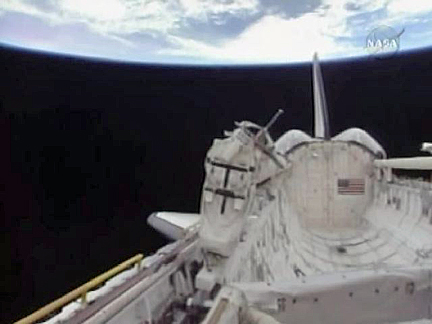 The shuttle Endeavour just after crew wakeup Saturday.
The shuttle Endeavour just after crew wakeup Saturday.
On March 18, the Russian Soyuz TMA-16 capsule is scheduled to undock from the station, bringing Expedition 22 commander Jeffrey Williams and cosmonaut Maxim Suraev back to Earth after six months in orbit. Another Soyuz, TMA-18, is scheduled for launch from the Baikonur Cosmodrome in Kazakhstan on April 2 to carry three fresh crew members to the outpost: Alexander Skvortsov, Mikhail Kornienko and NASA astronaut Tracy Caldwell. Discovery is scheduled for take off three days later to deliver new science racks, a replacement ammonia coolant tank assembly, a rate gyroscope and to retrieve a Japanese experiment package.

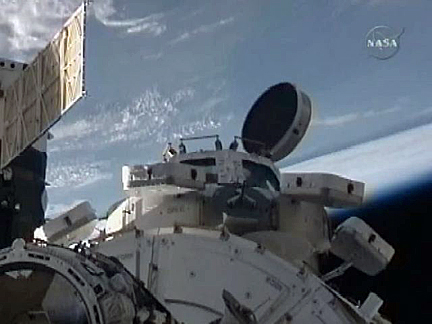
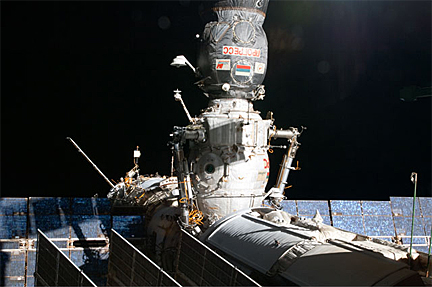
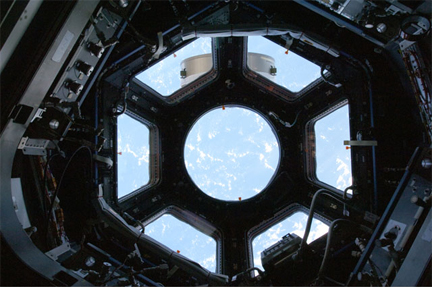
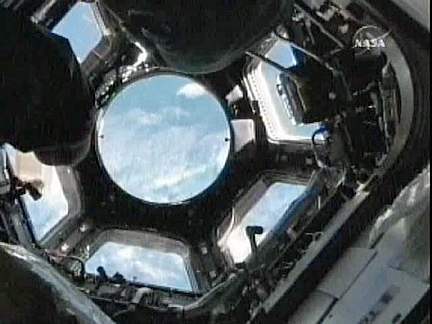
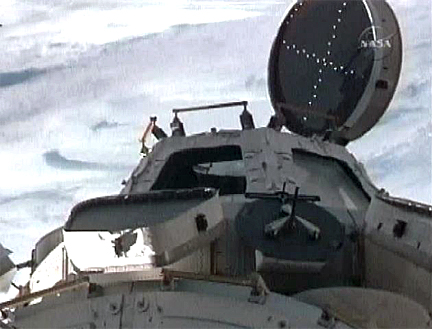
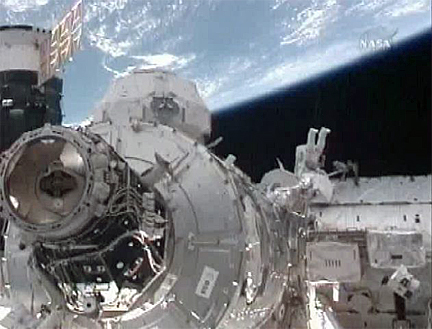
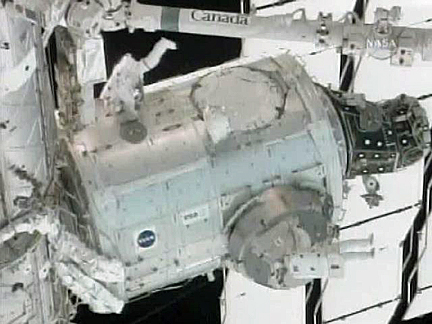
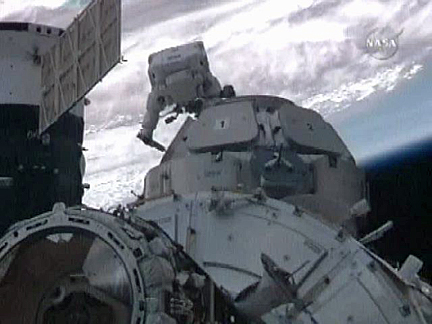
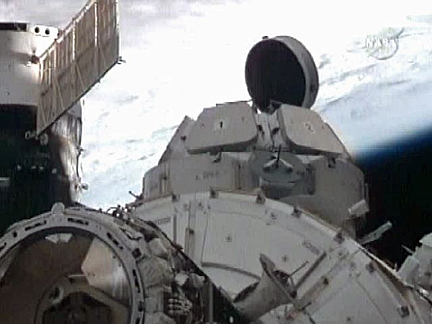
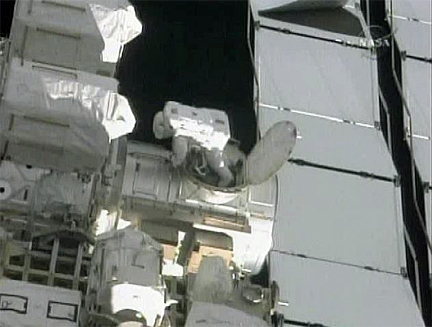

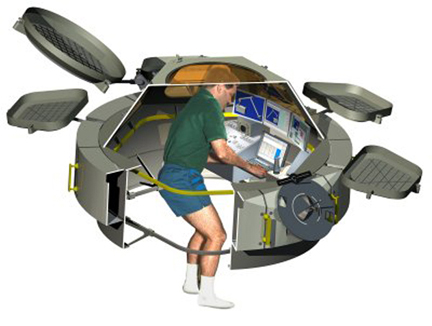

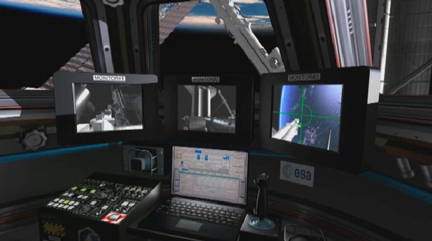
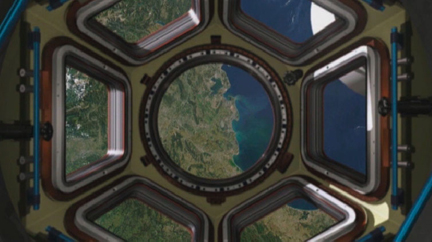
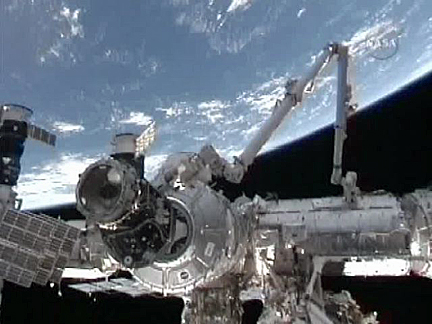
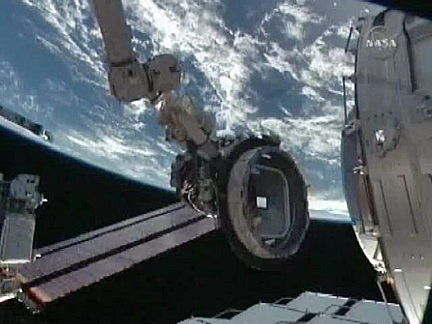
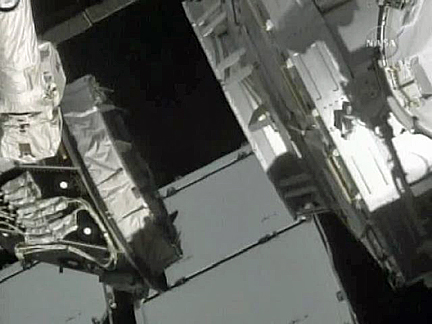
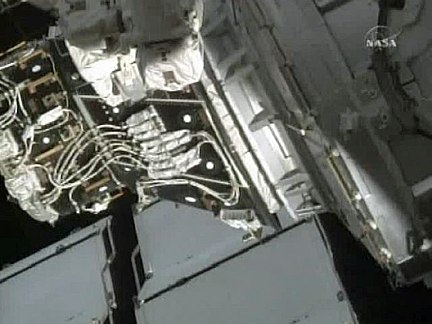


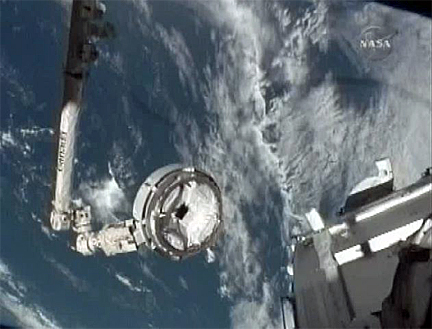
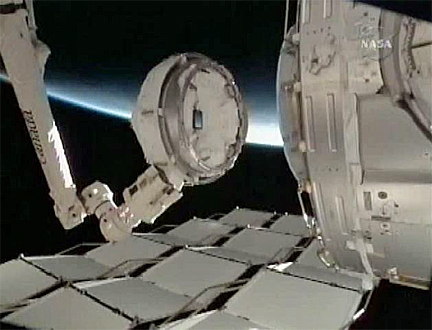


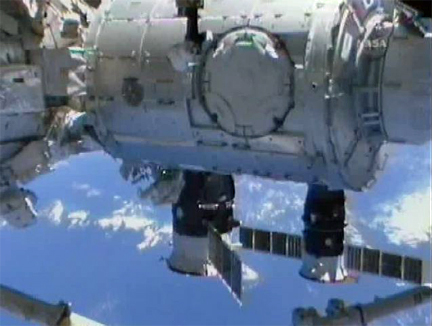
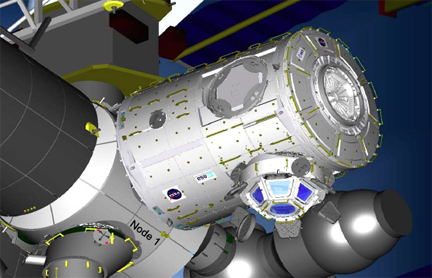


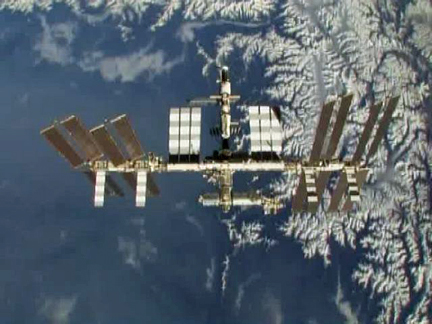 >
> 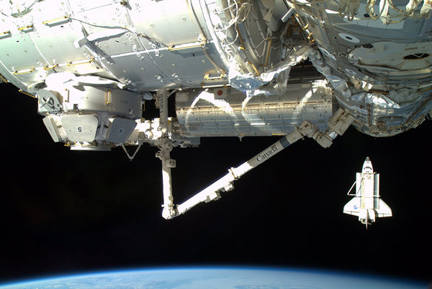 >
> 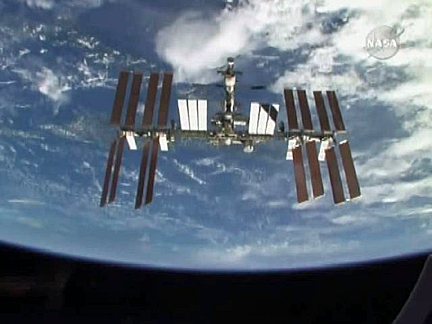 >
> 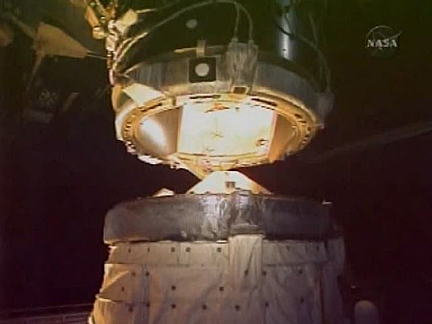 >
> 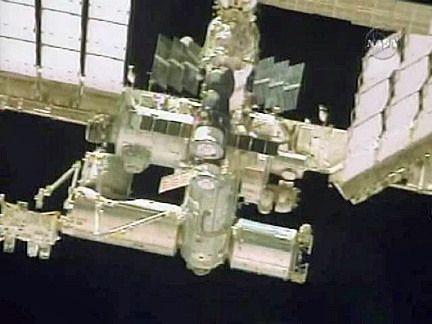 >
> 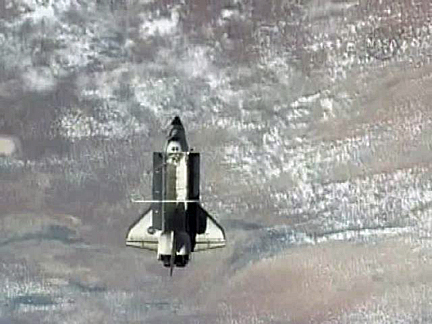 >
>  >
> 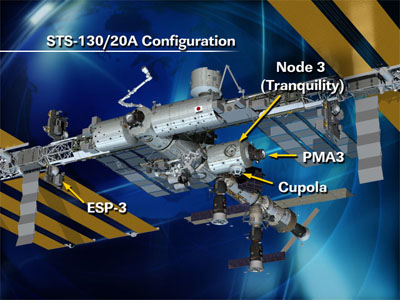 >
> 
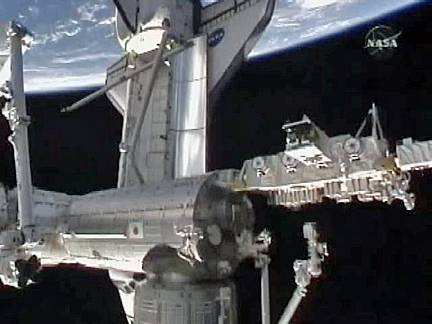

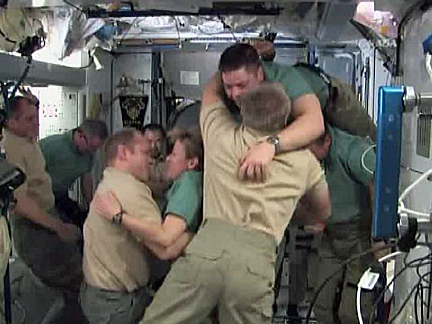
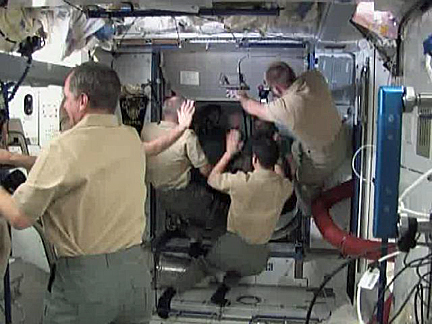






 > NASA Videos
> NASA Videos  > ESA
> ESA  >
> 

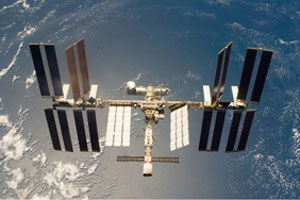
 NEO Program Office website >
NEO Program Office website > 









 >
> 
 Video
Video